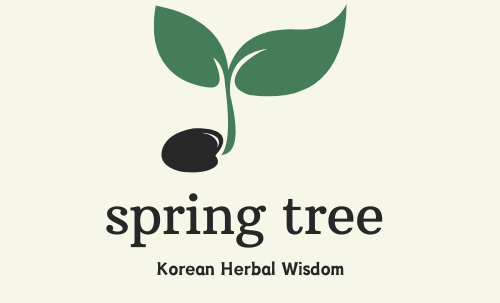Discover Guangbangpoong (Lakma-eui), a versatile herb used in natural remedies. Learn how this traditional plant can ease cold symptoms, soothe inflammation, and support overall skin health.
"Healing Benefits of Guangbangpoong for Rheumatism and Skin Care“
Guangbangpoong, known in herbal medicine as “Lakma-eui,” is celebrated for its ability to support various aspects of health. This herb is especially useful in helping the body get rid of excess dampness and relieving inflammation. Whether you’re dealing with symptoms of the common cold, rheumatism, skin irritations like eczema, or even insect bites, Guangbangpoong can be a gentle, natural solution. Traditionally, it has also been used for treating infections and even snake bites, giving it a long-standing reputation in herbal practices.
Ecology and Characteristics This sturdy herb is easily recognized by its strong, upright stems and numerous branches. Guangbangpoong can grow up to 2 meters in height, with square-shaped stems covered in short, fine white hairs. Its leaves are oval-shaped, with a serrated edge and a soft coating of fine hair on both sides. During its flowering season, from August to September, you’ll see Guangbangpoong bloom, followed by fruiting in the late fall months from September to November.
Medicinal Parts and Harvesting Time The whole plant is used medicinally, making it incredibly versatile. Typically, Guangbangpoong is harvested in the summer or early autumn. After gathering, the plant is thoroughly washed to remove any dirt and then sun-dried, preserving its beneficial properties for later use.
Properties and Benefits With a slightly spicy and bitter taste and a neutral energy, Guangbangpoong is suitable for most people to enjoy. It’s especially valued for its natural anti-inflammatory properties, which can be helpful in conditions where dampness or swelling occurs, such as rheumatism or skin irritations. Since the herb has a neutral nature, it’s gentle on the system and can be safely used by many people.
One of Guangbangpoong’s key benefits is its ability to relieve symptoms of colds, like fever and congestion, as it helps the body cool inflammation. The herb is also known for treating various skin conditions, as it can reduce redness, relieve itching, and promote healing in cases of boils, eczema, and other irritations. Even for those suffering from insect bites or snake bites, Guangbangpoong offers a natural way to calm the pain and support healing.
How to Use and Precautions
Guangbangpoong is commonly enjoyed as a herbal tea. To prepare, bring 300 ml of water to a boil, add about 5–10 grams of the dried herb, and let it simmer over low heat for 2–3 minutes. Divide this tea into two to three servings and enjoy it throughout the day to help relieve inflammation and support immune health.
Its bitter flavor can be strong, so if preferred, you can sweeten it with a little honey or blend it with milder herbs. Like with any herbal remedy, it’s a good idea to consult a healthcare professional before incorporating it into your routine to make sure it’s suitable for you.
Conclusion Guangbangpoong is a gentle, versatile herb with benefits ranging from relieving cold symptoms to soothing skin conditions and managing inflammation. By following simple usage tips and taking care to use it safely, you can enjoy the natural benefits of this time-honored herb. Whether you’re looking to support your skin health, manage rheumatism, or just find a natural remedy for overall wellness, Guangbangpoong is a wonderful addition to any herbal routine.
